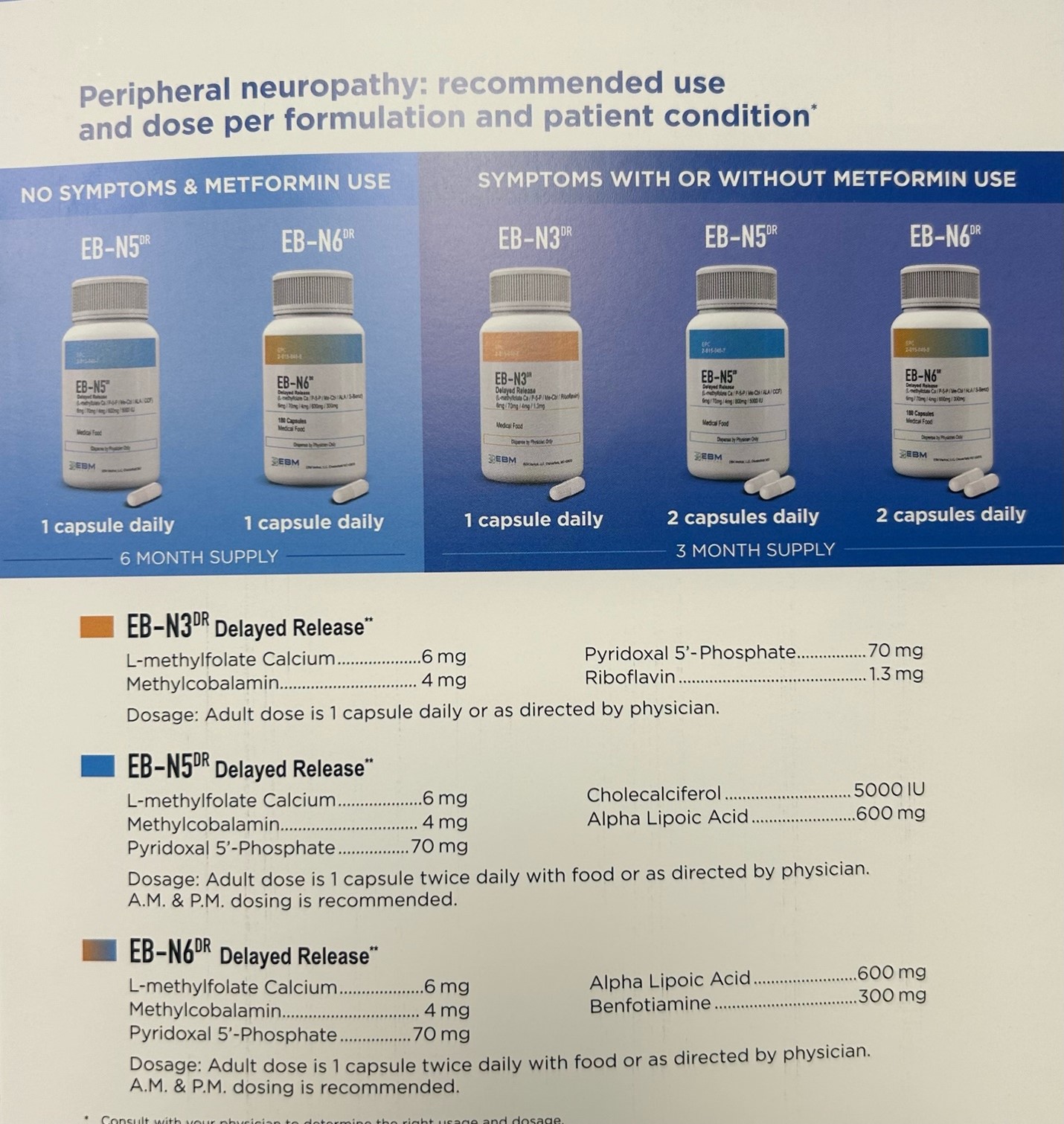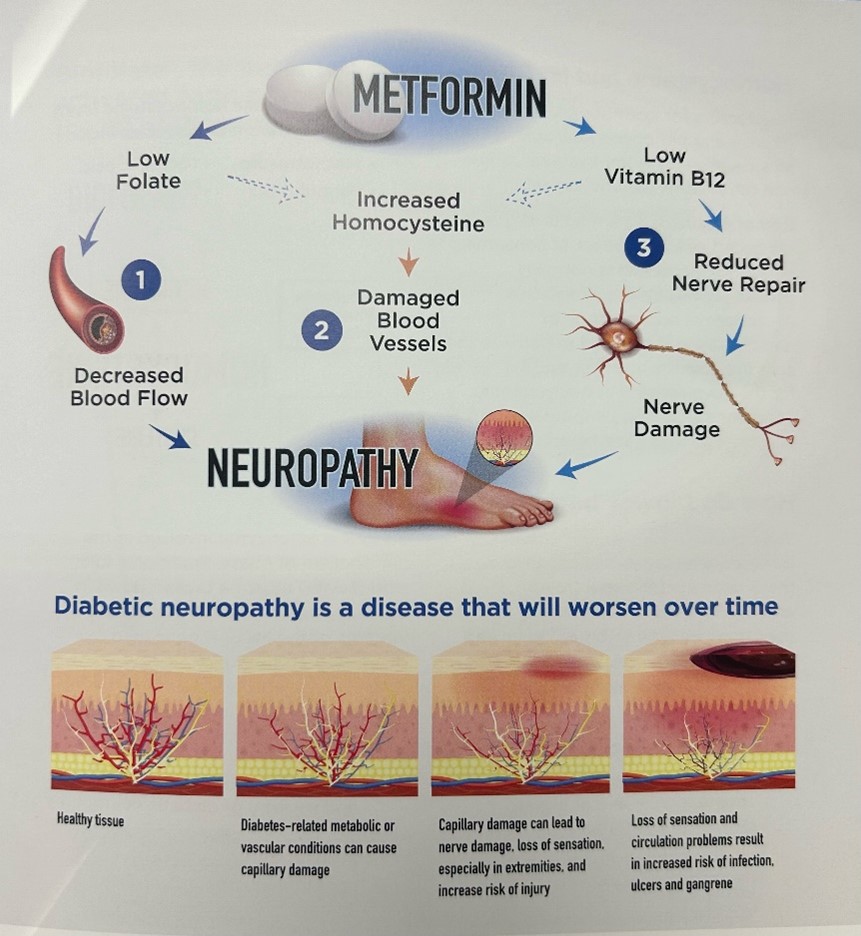For years, allopathic (traditional western medicine) and holistic medicine (eastern medicine) were to some degree at odds. The challenge with holistic medicine was the lack of scientifically-tested outcomes for specific conditions. The lack of clinical trials made outcomes hard to predict. Natural medicine was word of mouth and more anecdotal, lacking level I, II, III studies to back up the claims made by holistic specialists. People perceive that vitamins and minerals are great for you, but how it could help migraines, blood pressure, and arthritis was unclear. Dosing was variable, and a lack of regulation made quality variable.

The shortcomings with allopathic medicine have been obvious in conveyor belt care. Many doctors treat the condition, not the person, and the treatments with more severe side effects than desired benefit. The medical industry tends to push one drug for a specific problem, but then recommending another drug to mask the side effects of the initial drug. Medication is problem focused but did not generally consider the body’s ability to adapt and heal. Patients see multiple doctors that add to their ever-growing med list and taking medicine becomes a meticulous task. Well, the future is now bright with the emergence of medical foods. This medication category is an FDA regulated, study-driven model, with problem-focused protocols utilizing vitamins, minerals, and supplementation to aid or replace pharmaceuticals.
What is Medical Food?
Medical Food optimizes the bodies’ ability to heal and repair and help prevent damage from occurring while healing prior injury. Medical Foods are regulated supplements requiring a doctor prescription and can treat specific conditions such as:
- Peripheral vascular disease
- Neuropathy
- MTHFR Genetic Variant
- Arthritis
- Plantar fasciitis
- Tendinitis
- Migraines
- Autoimmune disorders
Medical foods can address metabolic deficiencies associated with chronic and acute illness and are intended to be monitored under medical supervision. Medical Foods focus on evidence-based medicine to treat specific conditions.
Problem-Focused Protocols
Companies, such as EBM, focus on trials, studies, and research geared to address specific problems such as neuropathy, arthritis, and bone healing. The studies are focused on looking at cells, molecular biology, biochemistry and physiology to see where the problems originate. They plan and prep a unique dosing protocol to improve the medical condition.

Research has shown neuropathy (diabetic, chemo-induced, idiopathic) is a loss of myelin sheath. (equivalent to the rubber coating around a wire). Without the myelin sheath the nerves begin to deteriorate and causes nerve pain, tingling, and numbness. Myelin is damaged due to decreased blood flow to the nerve and vitamin B deficiency causing increased homocysteine levels. Accumulation of homocysteine will damage the small arteries and be a marker for development of progressive neuropathy. This discovery led to further studies on vitamin B levels and what forms and delivery systems increase absorption. This discovery has opened the door to proving vitamins and nutrients are vital is nerve repair and health beyond just masking the pain, such as with gabapentin or Lyrica. Vitamins and minerals have been proven helpful, but what dosing, frequency, and duration is needed was lacking, until now.
Studies to Validate Efficacy and Dosing
The lack of evidence- based medicine about different forms of vitamins and their absorption led to misleading claims. One such misguided study claimed that thou b6 is needed to repair nerves, too much vitamin can actually cause nerve damage. So low b6 is bad but so is elevated b6? The claim was debunked by evidence-based medicine. After further study, the over-the-counter version of b6 is mostly the inactive form of b6, pyridoxine, and increased levels of this can damage nerves. However, if taken in its active form, pyridoxal 5’-Phosphate, toxicity is not an issue. The initial recommended daily dose in over-the-counter vitamins is 2-4mg a day. The newest studies show the therapeutic dose is more like 50-200mg a day. The dosing and proper form are needed to clinically see improvement in nerve health. This study, along with many others, proved that research is needed to vet and confirm what vitamins are needed and in what does and proper form.
One Stop for Knowledge, Education, and Therapy
EBM Medical is committed to blending allopathic with homeopathic medicine. The pharmacists with EBM are highly educated and versed in speaking on pharmaceuticals as well as holistic medicine. EBM can help guide patients to their current medication regime and how to properly add medical food without side effects or redundancy. The goal of EBM is to improve health by lessening the body’s need for pharmaceutical drugs with powerful side effects and dependencies. Boosting the bodies’ natural ability to heal and repair is not only safer, but often more effective, leading to happier and healthier patients.
Conclusion to the Vitamin Debate
Evidence-based trials and research validates the need for medical foods to treat acute and chronic problems. Align Foot and Ankle is so proud to be at the forefront of health, looking at every avenue to get patients healthy. Align Foot and Ankle will always strive to be an advocate for patients to get the best outcome at the lowest cost to the body and wallet.




